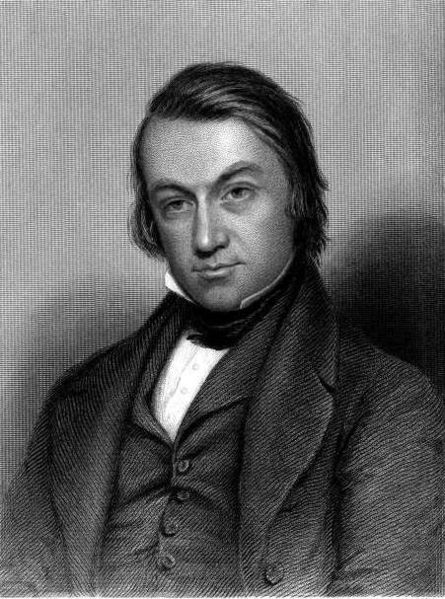wcag heading
Scattering the black sunflower seeds on the white snow, he watched the birds swoop down and pick them up. He went inside then, lit the fire, made a pot of tea, and opened the book Colette had lent him.
Extraordinary Popular Delusions and the Madness of Crowds.
He settled in, and read about the South Sea bubble, and the tulip crisis, and the Drummer of Tedworth.
The birds still shrieked, of course. But now it sounded more like company. (The Madness of Crowds, page 426)
Charles Mackay’s Popular Delusions and the Madness of Crowds, first published in 1841, is perhaps the most well-known work by the Scottish author – who was also a poet, a journalist, and a songwriter during his lifetime.

Published in three volumes – “National Delusions,” “Peculiar Follies,” and “Philosophical Delusions” – Popular Delusions and the Madness of Crowds was an early study of crowd psychology. The book tackles economic bubbles, including The South Sea Bubble, considered the world’s first economic crash. In fact, in her acknowledgements, Louise mentions that the book is often suggested reading for finance professionals, because “so much of what they deal with is ‘smoke and mirrors.’ Perception rather than reality. And how perception can shape and actually become reality.”
For those of us who might not be aspiring stockbrokers or economists, Mackay also debunks crusades, witch hunts, and alchemy, among other “follies and delusions.”

Louise is not the only author to have been inspired by Charles Mackay’s book since it was first published. Popular Delusions and the Madness of Crowds is mentioned in Kurt Vonnegut’s Slaughterhouse-Five, and Neil Gaiman references it in his comic series The Sandman.
Over a 180 years later Mackay’s thesis couldn’t be more on the mark as we continue to witness a mentality where people think in herds and as the author warned, “It will be seen that they go mad in herds”.


2 replies on “Cultural Inspirations From Three Pines: The Madness of Crowds”
Hello Jane. I too am in my seventh decade. How I so agree with you & your discomfort of crowds. I’ve been like that my entire life. Books are & have kept me good company over the years. Such a delight learning about Louise Penny. Her books are marvelous & I keep learning new things. Keep enjoying.
One of the residuals of the past few years is my discomfort in crowds…a type of claustrophobic response I think. But the more I consider this, I’m not sure I’ve ever followed a crowd – and in my seventh decade, I’ve grown very dedicated to considering my own backyard and my surroundings as my sanctuary…the Penny books are good company.